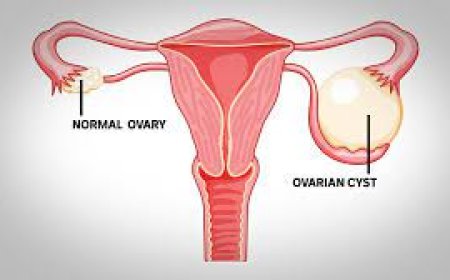Juvenile Rheumatoid Arthritis (JRA)

Introduction:
Hey there, young heroes! Today, we're going to learn about Juvenile Rheumatoid Arthritis (JRA), a condition that affects kids like you in India. JRA is a type of arthritis that causes pain, swelling, and stiffness in your joints. But don't worry; we'll break it down into simple words, so you can understand it easily.
What is Juvenile Rheumatoid Arthritis (JRA)?
Juvenile Rheumatoid Arthritis is a long name, isn't it? Well, let's make it easier. It's like a special type of arthritis that usually affects kids and teens. Arthritis means there's something wrong with your joints, the places where your bones meet. JRA makes your joints hurt and swell, like a little monster bothering them.
Signs and Symptoms:
How can you tell if you have JRA? Well, look out for these signs:
- Painful Joints: Your joints, like knees, fingers, and wrists, may hurt a lot, especially in the morning or after playing.
- Swelling: The joints may look bigger than usual and feel warm when you touch them.
- Stiffness: You might find it hard to move your joints, like bending your fingers or knees.
- Fever: Sometimes, you may also have a fever, which is your body's way of telling you something's not right.
Types of JRA:
Doctors divided JRA into different types based on how it affects you. The three main types are:
- Systemic JRA: This type can make your whole body feel sick, with fever, rash, and swollen organs.
- Oligoarticular JRA: It mainly affects a few joints, like knees and wrists. Sometimes, your eyes might get red too.
- Polyarticular JRA: This one bothers many joints, and it's more common in older kids.
Causes and Triggers:
JRA is like a mystery, as doctors don't know the exact cause. But sometimes, certain things can trigger it, like:
- Genes: Your family history can play a part. If someone in your family has arthritis, you might be more likely to get it too.
- Infections: Some viruses or bacteria can trick your body and make it attack your own joints. Sneaky, right?
- Environment: Sometimes, pollution or living in certain areas can increase the risk of JRA.
Risk Factors with Examples:
Here are some things that could put you at a higher risk of getting JRA:
- Age: It's more common in kids between 2 and 16 years old.
- Gender: Girls are more likely to have it than boys.
- Family History: If your parents or siblings have arthritis, you might be at risk too.
Diagnostic Tests and Treatments:
To find out if you have JRA, the doctor may do some tests:
- Physical Exam: The doctor will check your joints and ask you questions about how you feel.
- Blood Tests: These help the doctor see if there's any inflammation in your body.
- X-rays: Pictures of your joints to see if there are any changes.
Treatment:
If you do have JRA, don't worry; there are ways to manage it:
- Medicines: The doctor might give you special medicine to make the pain and swelling go away.
- Exercise: Certain exercises and physical therapy can keep your joints strong and flexible.
- Healthy Diet: Eating healthy foods can help your body fight the arthritis monster.
Complications and Prevention:
JRA can cause some problems if not taken care of, like joint damage or eye issues. But you can be a hero and prevent them:
- Follow Doctor's Advice: Take your medicines and go to your appointments.
- Stay Active: Exercise regularly to keep your joints strong.
- Protect Joints: Be careful while playing and avoid injuries.
Remember, even if you have JRA, you can still do amazing things and be a superhero in your own way! Stay strong and positive, and remember that you're not alone – your doctors, family, and friends are here to support you on your journey. Keep smiling and take care!
What's Your Reaction?


























































